Explore how big data is revolutionizing business decision-making with real-world applications and challenges in various industries....
Explore how predictive analytics, powered by big data, is revolutionizing business decision-making and providing a competitive edge....
Top News
Big data
Explore how big data is revolutionizing business decision-making with real-world applications and challenges in various industries.
Saturday, 11 October 2025
Read more
-
Harnessing Big Data for Predictive Analytics: A Boon for Businesses
Saturday, 11 October 2025
-
Unlocking the Power of Big Data: Emerging Trends and Business Impacts
Saturday, 11 October 2025
-
Harnessing Big Data for Enhanced Financial Decision-Making
Saturday, 27 September 2025
-
Embracing 2023's Big Data Trends: Staying Ahead of the Curve
Saturday, 27 September 2025
Glossary
Ever since the invention of computers many developments have shaped human lives. The invention of the internet was a landmark achievement which set up the stage for more things that followed. Many would have thought that the internet was the biggest thing ever but it was only a lead-in to developments in the world of big data, AI and IoT. Big data, AI and IoT have revolutionized the world we live in but what exactly are these terms?
Monday, 18 March 2019
Read more
-
What Is Big Data Analytics And Why Do Companies Use It?
Monday, 04 March 2019
Popular Articles
- Most read
- Most commented














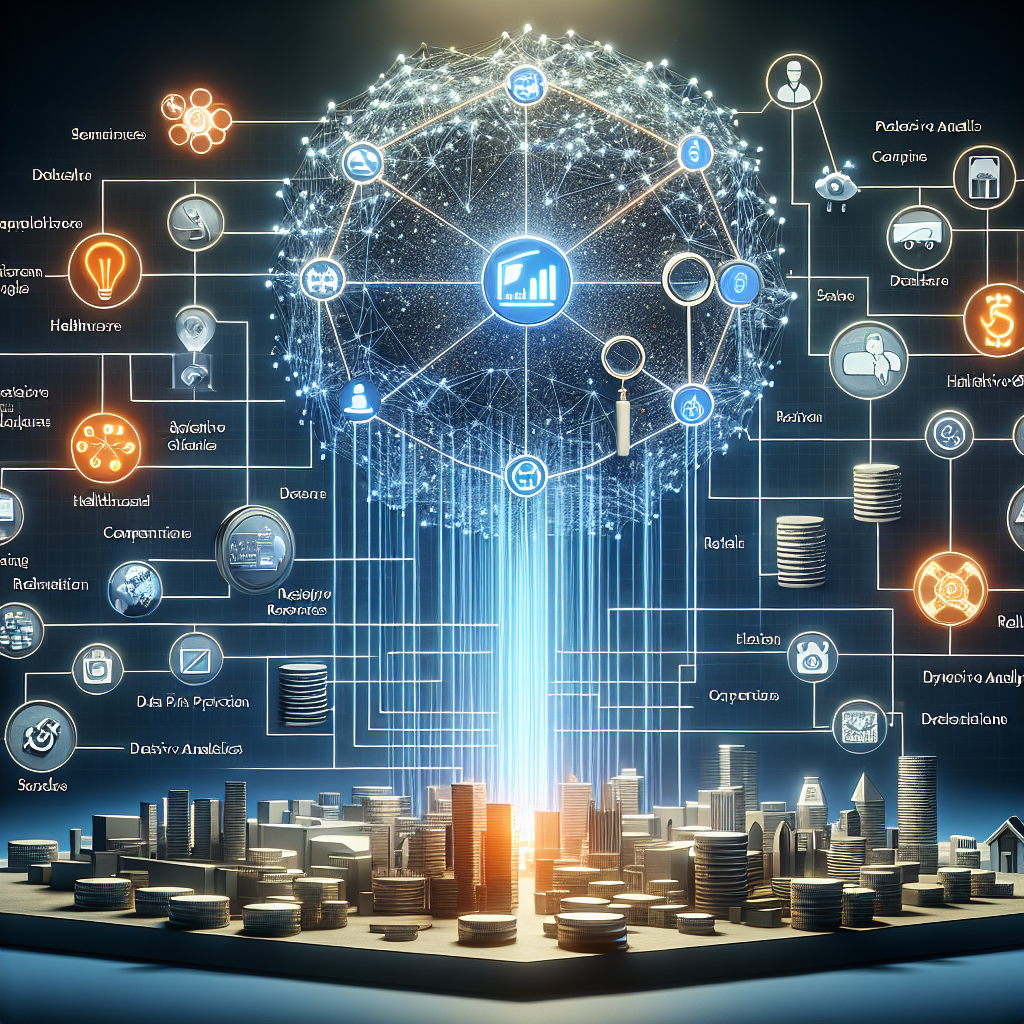
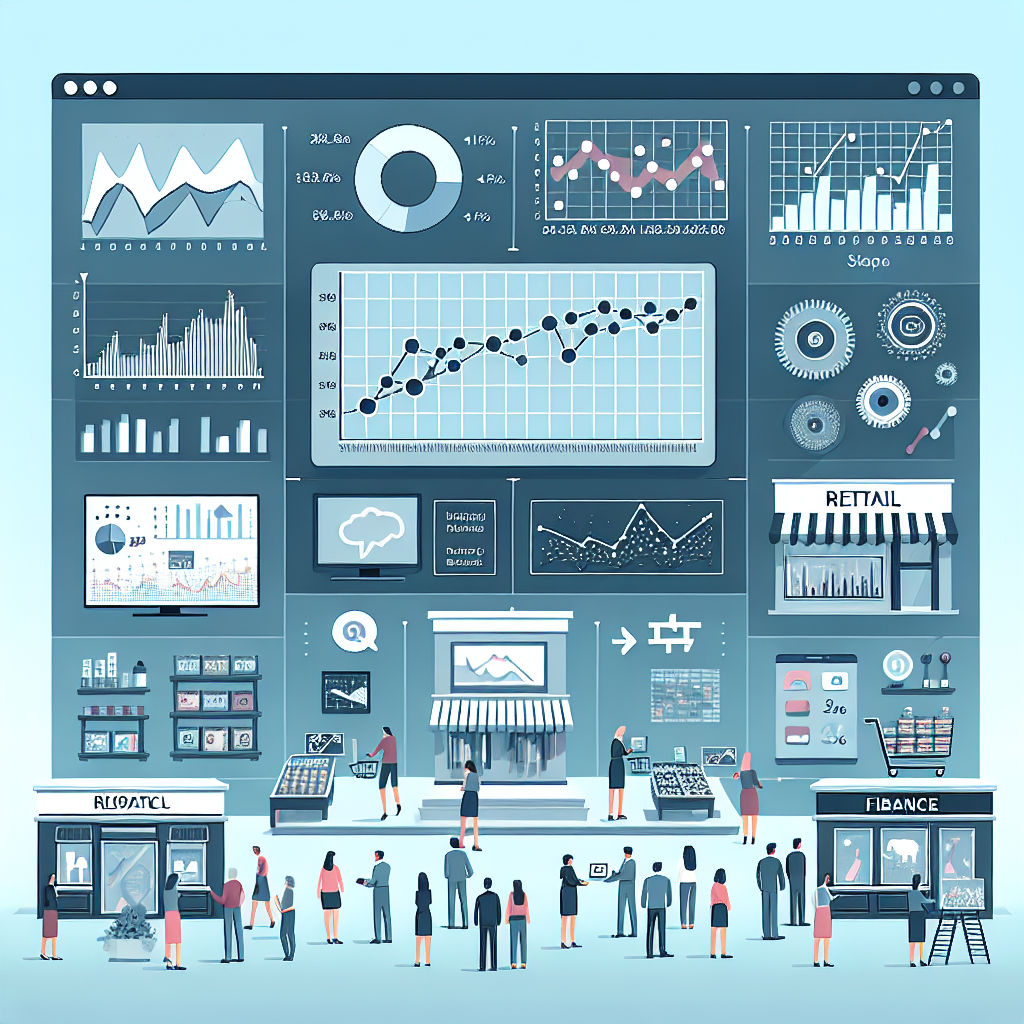
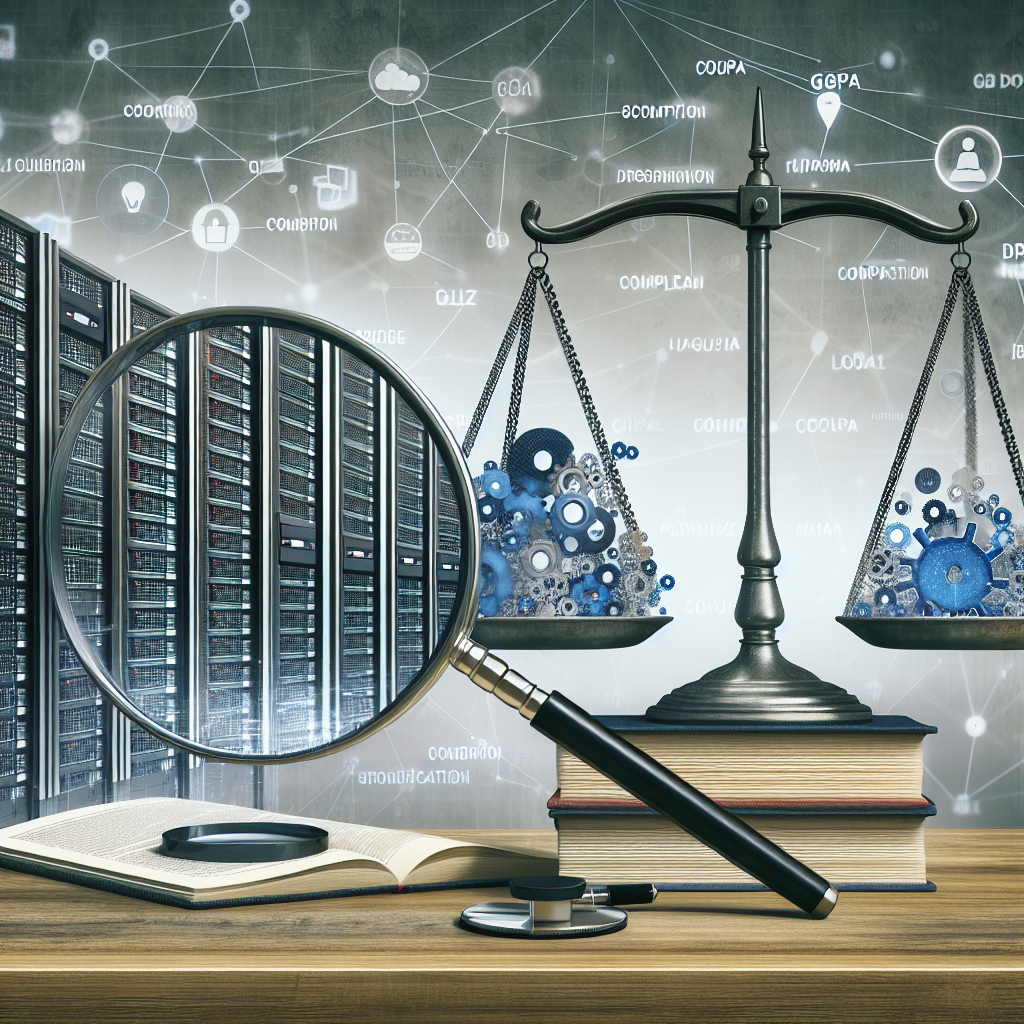





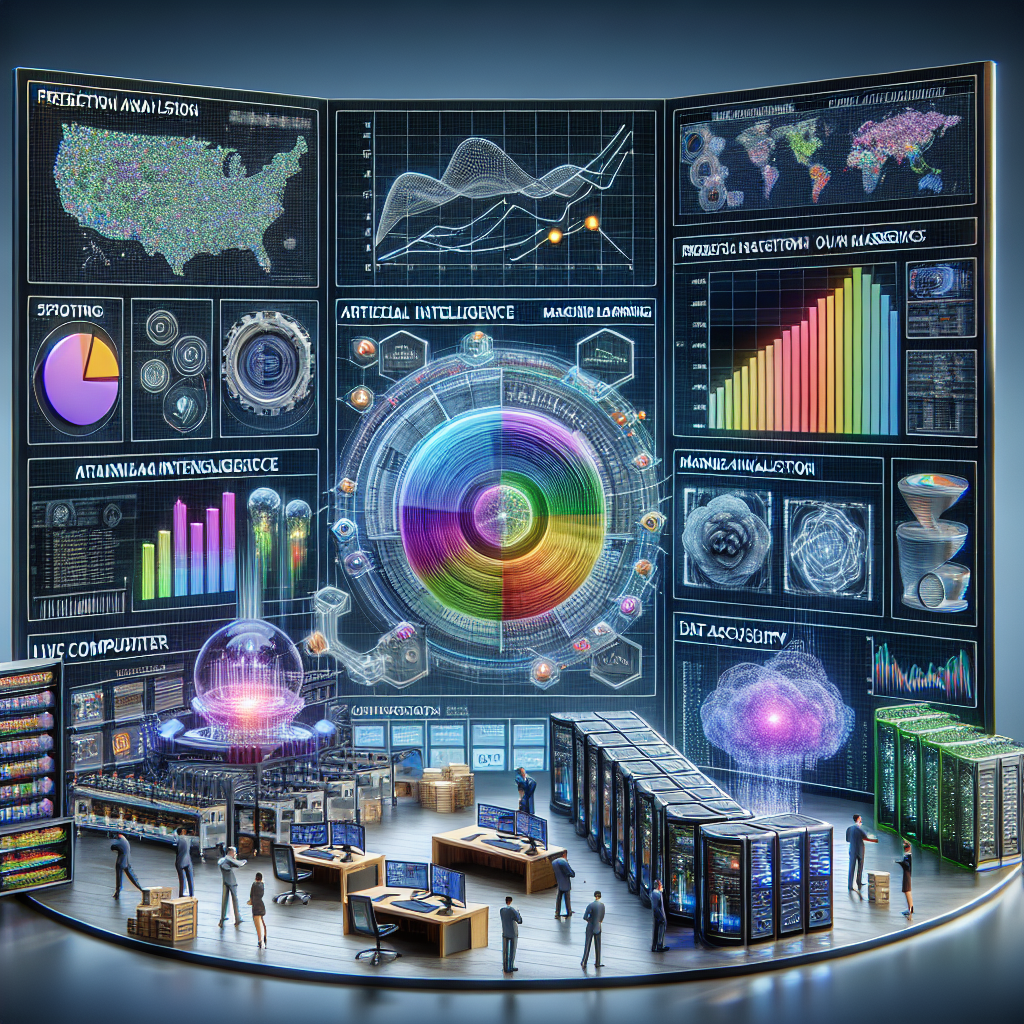

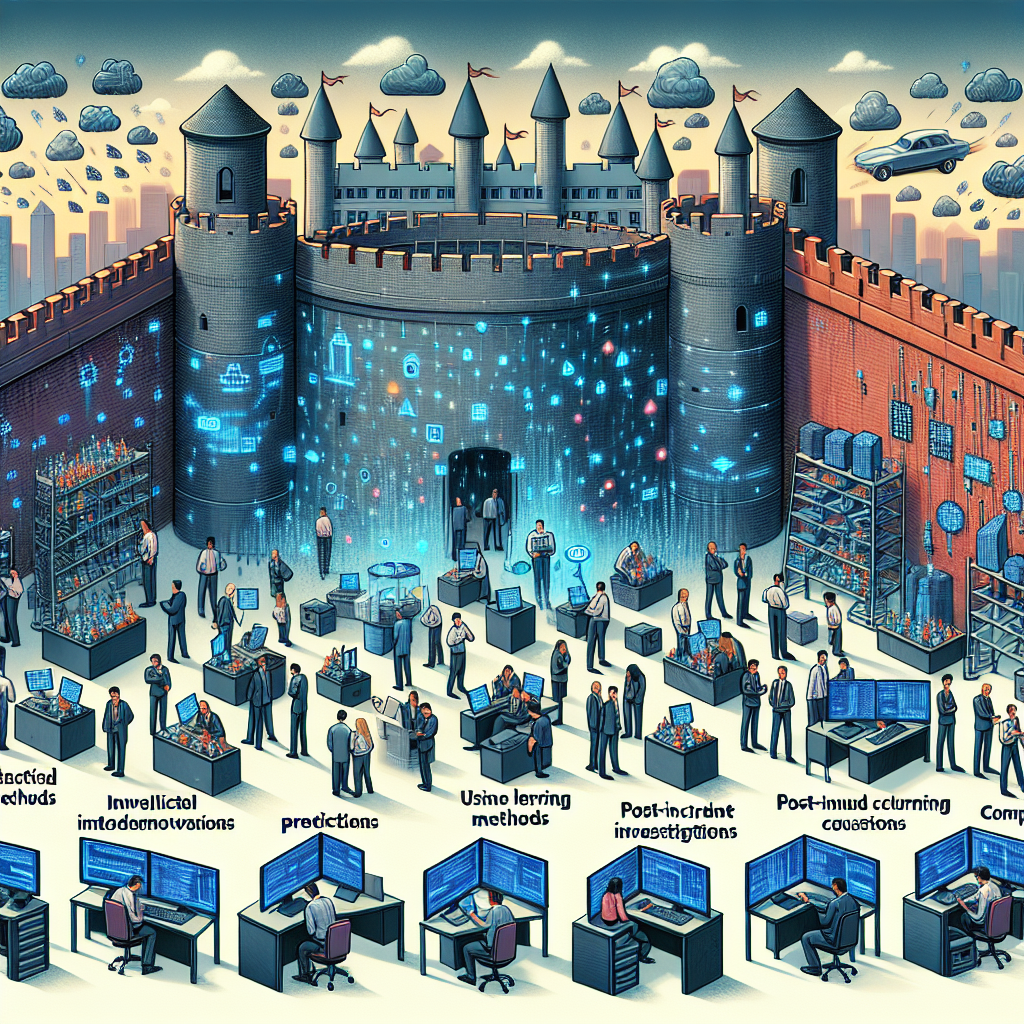

 Discover the trend of new naming conventions in data science tools, enhancing clarity, accessibility, and inclusivity for better data-driven decisions.
Discover the trend of new naming conventions in data science tools, enhancing clarity, accessibility, and inclusivity for better data-driven decisions.